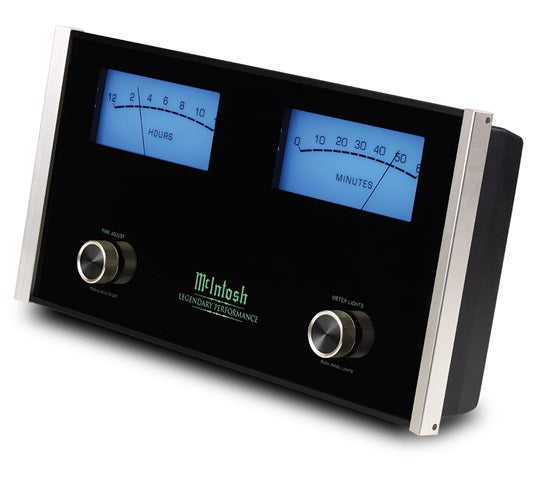Well to be more to the point, NO meter can show accurate wattage across a reactive load. (due to varying impedance and phase)
This unit was intended for use with McIntosh car audio amps.
For their home amps, they talk about these being true power meters that uses both the voltage and amperage outputs to display the real watts output by the amp. So, in my mind, if you have an ammeter and a voltmeter, you should be able to instantaneously report what the true power output is independent of the complexity of the load.
